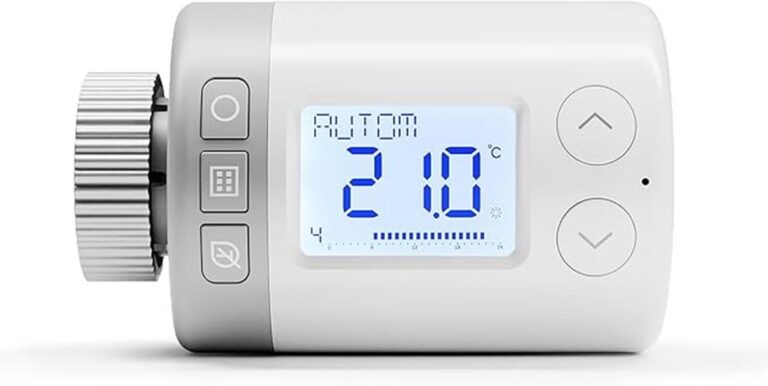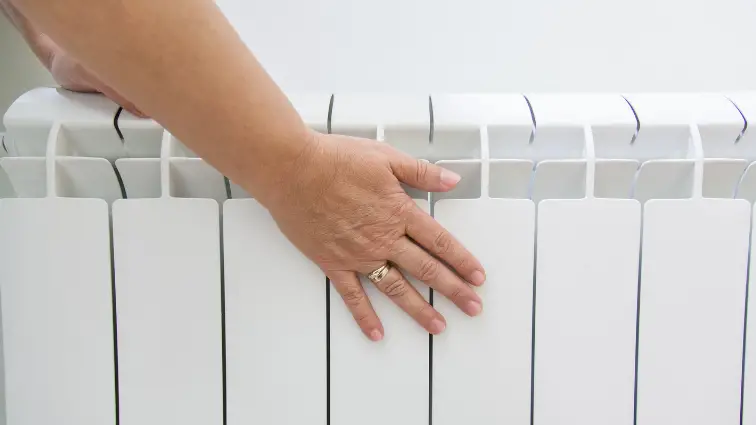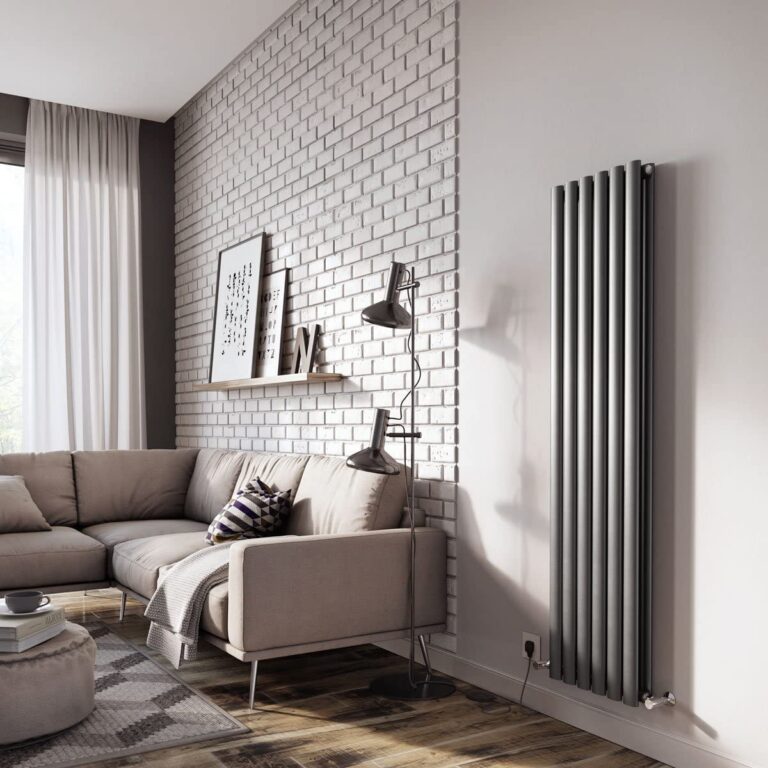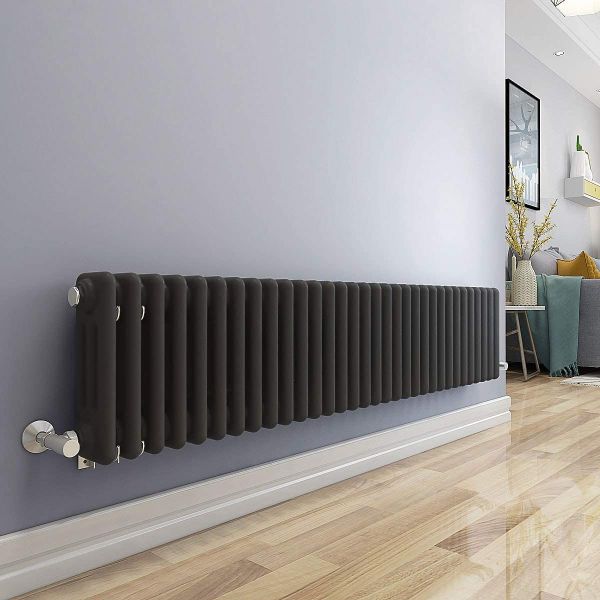Are you considering using a radiator to heat your conservatory, but not sure if it’s the right choice? Using radiators to heat a conservatory can be an effective and efficient way to keep the space warm, but it’s important to understand the pros and cons before making a decision.
In this article, we’ll explore the advantages and disadvantages of using radiators to heat a conservatory, as well as important factors to consider when choosing a radiator for your space.
Why is my conservatory cold?
There are a number of factors which play into the cold effect that is seen in conservatories – some of which are out of your control such as the exposure to sun (i.e. North vs. South facing) whilst others can be improved such as insulation and heating:
- Large glass panels: The high amount of glazing in a conservatory can allow a lot of heat to escape, making it difficult to maintain a consistent temperature.
- Variable temperatures: The temperature in a conservatory can fluctuate based on the time of day, the weather outside, and other factors such as the position of the sun. This can make it harder to maintain a consistent temperature compared to other rooms in the house.
- Poor insulation: Insufficient insulation or sealing of draughts can make it harder to keep a conservatory warm and comfortable.
- Glazing: The type of glazing used in a conservatory can impact its temperature. Some types of glazing are better at retaining heat than others.
- Lack of heating: If a conservatory does not have a heating system or the heating system is not powerful enough, it may be difficult to keep the space warm and comfortable.
What are the challenges with conservatory heating?
There are several issues that may arise when heating a conservatory, including:
- Limited wall space – Conservatories often have limited wall space for radiators or other heating systems, which can make it challenging to install traditional heating systems.
- Planning permission – If you are considering extending the central heating system from the rest of the house into the conservatory, you may need to obtain planning permission and adhere to building regulations.
- Energy efficiency of electric heaters – Electric heaters can be convenient for heating a conservatory, but they can be expensive to run if they are not energy-efficient. It is important to choose an energy-efficient electric heater in order to save money on energy costs and reduce the carbon footprint.
- Heat loss due to large glass panels – Conservatories are typically made up of large glass panels, which can allow a lot of heat to escape and make it difficult to maintain a consistent temperature. This can be a challenge when heating a conservatory, and may require the use of specialized heating systems or additional insulation to reduce heat loss.
What are some common heating solutions for a conservatory?
1. Central heating with standard radiators
This involves extending the central heating system from the rest of the house into the conservatory, and installing standard radiators to heat the space. This is an efficient and cost-effective solution, but may not be practical if the conservatory has limited wall space for radiators or if it is not possible to extend the plumbing (due to planning permission or building regulations).
2. Electric radiators
Electric radiators are a convenient option for heating a conservatory because they do not require plumbing and can be plugged into a standard outlet. They are quick to heat up and have their own heat settings, but can consume a lot of electricity and may not be suitable for very large conservatories.
3. Infrared heating
Infrared heaters work by transmitting light into the conservatory, which warms the air and surfaces in the space. They are powered by gas or electricity, and are a convenient option for quickly warming a cold room. However, they can become very hot if left on for too long, and may emit an intense light that some people find uncomfortable.
4. Trench heating
Trench heating involves installing a long, narrow radiator along the base of a wall in the conservatory. It is an effective way to heat the space, but can take a long time to warm up and may not be suitable for very small conservatories.
5. Fan heaters
Fan heaters are portable, electric heaters that work by blowing hot air into the room. They are a quick and convenient way to heat a conservatory, but may not be as efficient as other options and may not be suitable for larger spaces.
6. Underfloor heating
Underfloor heating involves installing pipes or electric cables beneath the floor of the conservatory, which heat the space from the ground up. It is an efficient and effective way to heat the space, but can be expensive to install and may not be practical if the conservatory has a raised floor.
FAQ’s
What is the best heating solution for a conservatory?
The best heating solution for a conservatory will depend on the size and location of the conservatory, as well as the budget and preferences of the homeowner. Some common options include central heating with standard radiators, electric radiators, infrared heating, trench heating, and fan radiators.
Can I use a radiator to heat a conservatory?
Yes, it is possible to use a radiator to heat a conservatory. However, conservatories often have limited wall space for radiators, and you may need to obtain planning permission and adhere to building regulations if you are extending the central heating system into the conservatory.
Can I use underfloor heating in a conservatory?
Yes, it is possible to use underfloor heating in a conservatory. Underfloor heating is an effective way to heat a space and can be installed in a conservatory as a standalone system or in conjunction with other heating sources. However, underfloor heating can be expensive to install and may not be suitable for all budgets.
What are the most energy-efficient heating solutions for a conservatory?
Some of the most energy-efficient heating solutions for a conservatory include central heating with energy-efficient boilers and radiators, electric radiators with energy-saving features, and infrared heating. It is important to choose an energy-efficient heating solution in order to save money on energy costs and reduce the carbon footprint. Other energy-efficient options to consider include solar panels and heat pumps.
In Conclusion…
In conclusion, using radiators to heat a conservatory can be an effective and efficient way to keep the space warm. However, it is important to consider the pros and cons and understand the factors that can impact the performance of a radiator in a conservatory.
Factors such as the size and location of the conservatory, the type of glazing used, and the amount of insulation present can all affect the heating efficiency of a radiator. Additionally, it is important to be aware of the potential challenges that can arise when heating a conservatory, such as limited wall space, the need for planning permission and building regulations, and the energy efficiency of electric radiators.
By considering these factors and choosing the right radiator for your space, you can effectively heat your conservatory and enjoy it all year round.







What is equivalent size of radiator run at 40c and 65c . I am considering a change
from conventional radiators on conventional gas boiler usually running at 65c,
approx to heat pump where water temp will be 42c approx and replacing rads with
a new product of wall panel heating. ( same as floor heating but vertical on walls )
So if I have a double rad measuring 1m x 0.5m = 1 m2 at 65c what size of rad would
I need to replace it to get same heat output but where water temp is 42c. I don’t need exact figure but would it be x 5 or times 10 or rad size.?
Thank you
Hi Donald,
Thanks for your question about radiator sizing. It’s a great question, but there are many variables involved.
Based on your information, switching from conventional radiators on a gas boiler running at 65c to wall panel heating on a heat pump with water temperature of 42c will likely require larger surface area radiators to produce the same amount of heat output.
If we had to estimate, there is an approximate 35% reduction in water temperature, which means you would potentially need an increase of 35% in BTU heat output of the new radiator. However, this is purely speculative, and we recommend consulting with a heating engineer for a more accurate measurement based on your specific requirements. You may also like to check out our BTU calculator to get a more accurate feel of what size radiator you may need. However, just be aware that our calculator is based on delta T 60 (i.e. a 60 degree system).
It’s often advisable to go over the number of BTUs you need, as you can always turn the radiator down using a Thermostatic radiator valve, but you can’t go above the maximum BTU output.
Please let us know if you have any other questions or concerns. We’re here to help in any way we can.
Warm wishes,
James